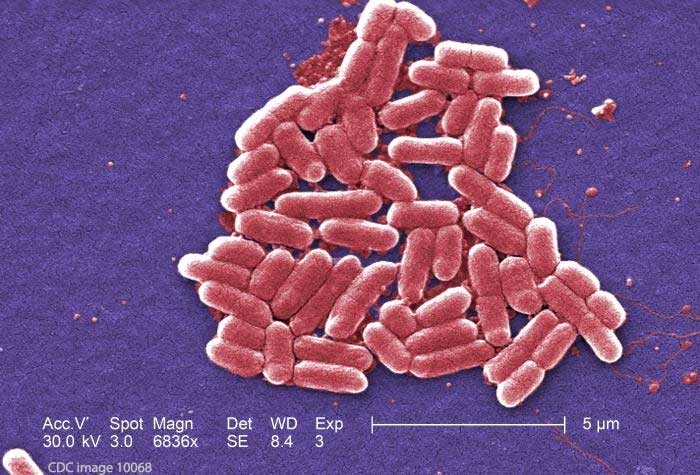The University of Arkansas E. coli outbreak is most likely not linked to the University’s public dining facilities, according to the Arkansas Department of Health. Officials are still investigating the outbreak, which has sickened about 100 students and has hospitalized four.

That department has gathered and is analyzing survey data from more than 3,200 people to try to solve the outbreak. Officials do say, however, that it is “challenging” to try to identify E. coli cases without severe symptoms.
Anyone who is cooking for themselves should protect themselves by cooking meats thoroughly and avoid cross-contamination between raw meats and foods that are eaten uncooked. It’s also important to wash fruits and vegetables well before consumption, and avoid consuming unpasteurized dairy products and juices. Past E. coli outbreaks have been linked to leafy greens, ground beef, and contact with ruminant animals.
The outbreak apparently started more than 10 days ago, based on the onset of illnesses. A Shiga toxin-producing E coli (STEC) infection typically begins three to four days after infection.
This pathogen can spread person-to-person, so the department and the University are stressing the importance of hygiene during this outbreak. That means washing your hands often, especially after using the bathroom and being sick, and before preparing food and eating.
Symptoms of an E. coli infection typically include a mild fever, perhaps some nausea and vomiting, and severe abdominal cramps and diarrhea that is bloody. Symptoms of hemolytic uremic syndrome, or HUS, which is a complication of this infection and a type of kidney failure, include little urination, pale skin, lethargy, and a skin rash.
If you have been experiencing these symptoms, especially if you live in northwest Arkansas or are at the University of Arkansas, see your doctor. You may be part of this Arkansas E. coli outbreak.

If you have been sickened with a food poisoning infection, contact our experienced attorneys for help with a possible lawsuit at 1-888-377-8900 or text us at 612-261-0856. Our firm represents clients in lawsuits against grocery stores, restaurants, and food processors.




